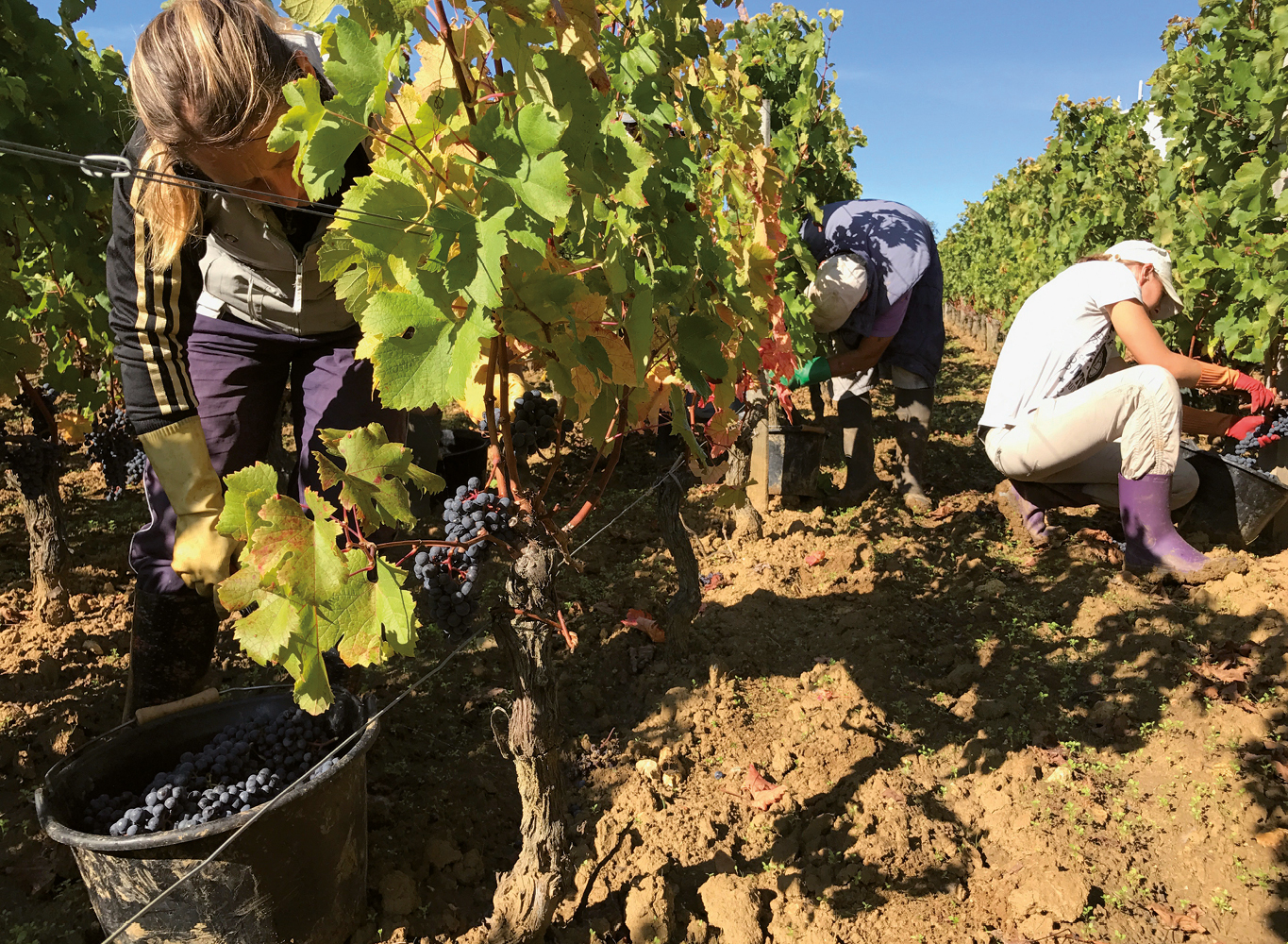
Liv-ex predicts ‘off’ vintage for Bordeaux 2021
A wet and cool 2021 is likely to result in “heterogenous vintage” for Bordeaux, with large gaps in quality between appellations and estates predicted to result in significant numbers of “indifferent wines”.
This was the conclusion of the latest report from Liv-ex, which aimed to dissect Bordeaux’s 2021 market challenges and weather patterns, which were both less than ideal.
According to the report, last year was the coolest and second wettest Bordeaux vintage of the past decade. May and June were wet and warm, leading to greater disease risk, which impacted yields in many appellations. The number of Growing Degree Days was also the lowest of the last 10 years, due to lower temperatures.
Using weather data provided by satellite technology platform Saturnalia, the first impression for 2021 is a cool and relatively wet vintage after the warm 2018-2020, which suggests wines more in line with 2014 or 2017.
The report compared the 2021 wines to 2017, which offered comparatively speaking, largely “indifferent wines”.
“Overall, the general pattern has been a run of three good to extremely good vintages punctuated by a true ‘off’ vintage. The 2013 was followed by 2014-2016 for example, which gave way to a low in 2017 and then a renewed run from 2018-2020 and now perhaps 2021,” the report said.
The report did not completely write off 2021 however, pointing out that difficult and heterogenous vintages do not automatically equate to universally poor wines. This is especially true of a region such as Bordeaux, where investment in winemaking equipment and highly sophisticated levels of viticultural knowledge and expertise has greatly softened the bumps that come with awkward growing seasons.
“Looked at through a glass half full and on the basis of available data, one might say that the best wines will offer 2014 and the better-end-of-2017 levels of quality, with coolness and leafy freshness, that are good for early drinking. A less generous outlook suggests there will also be wines reflecting the worst traits of vintages such as 2011, 2013 or 2017, which is to say lacking body and ripeness with hard tannins,” the report said.
More tasting is required before a definitive assessment of the vintage can be made, and Liv-ex is reserving final judgment until the wines have been properly assessed via the UGC tastings next week. Reports from Bordeaux at the end of last year however, and so far in 2022, as well as an examination of the growing season, do not give the impression that 2021 will match its immediate predecessors in quality.
The region is also facing off against fierce competition on the secondary market. In the year to date, the region’s market share is holding just above 30%, an historically low level, as regions such as Burgundy and Champagne challenge Bordeaux’s dominance.
Burgundy and Champagne are on the rise. However, the real challenge comes from the growing market for Tuscan and Californian wines.
“Both regions are beginning to offer more attractive returns than their Bordeaux counterparts, which only creates increased interest,” Liv-ex concluded.
Keywords:
- Bordeaux
- Wines
- Vintage
- market
- year
- last year
- growing
- report
- vintages
- liv ex
- liv
- ex
- ‘off’ vintage
- “indifferent wines”
- 2018 2020
- awkward growing seasons
- properly assessed ugc
- generous outlook suggests
- available data one
- growing seasons “looked
- UGC






